
Understanding and adopting the latest digital trends will help you stay competitive in an ever-changing business landscape and improve profitability. So, what are the digital trends for 2022 that really matter? Which digital trends will help grow that bottom line? Which ones are trendy and which ones are must-haves? I've found 7 that support B2B revops and are my MUSTS for the year.
The Top 7 Digital Trends Taking a Front Seat in 2022
There are 15 elements of digital operations that support your B2B revenue operations goals across your go-to-market (GTM), lead generation, sales conversion, and customer advocacy strategies and outcomes. Within those 15 elements, digital trends ebb and flow – some disappear, some become more relevant, and new ones emerge – and 2022 is no different.
Reminder - Digital Operations is not digital marketing. It's not virtual selling. Digital Operations are the tools that we use to support what's going on in growing our business through generating leads, closing deals, and creating advocates for our business. It is not your social media marketing, but it is social media platforms. It's not your calls-to-action box online but it is your website and the user interface. The 15 elements of digital operations that you should know are:
- Automation
- Tech Stack Management
- CRM
- Data Hygiene
- Domain Management
- Chatbots
- User Experience & Interface
- Dashboards
- Tracking & Analytics
- Data Access
- Social Media Platforms
- Virtual & Augmented Reality
- Artificial Intelligence
- Website
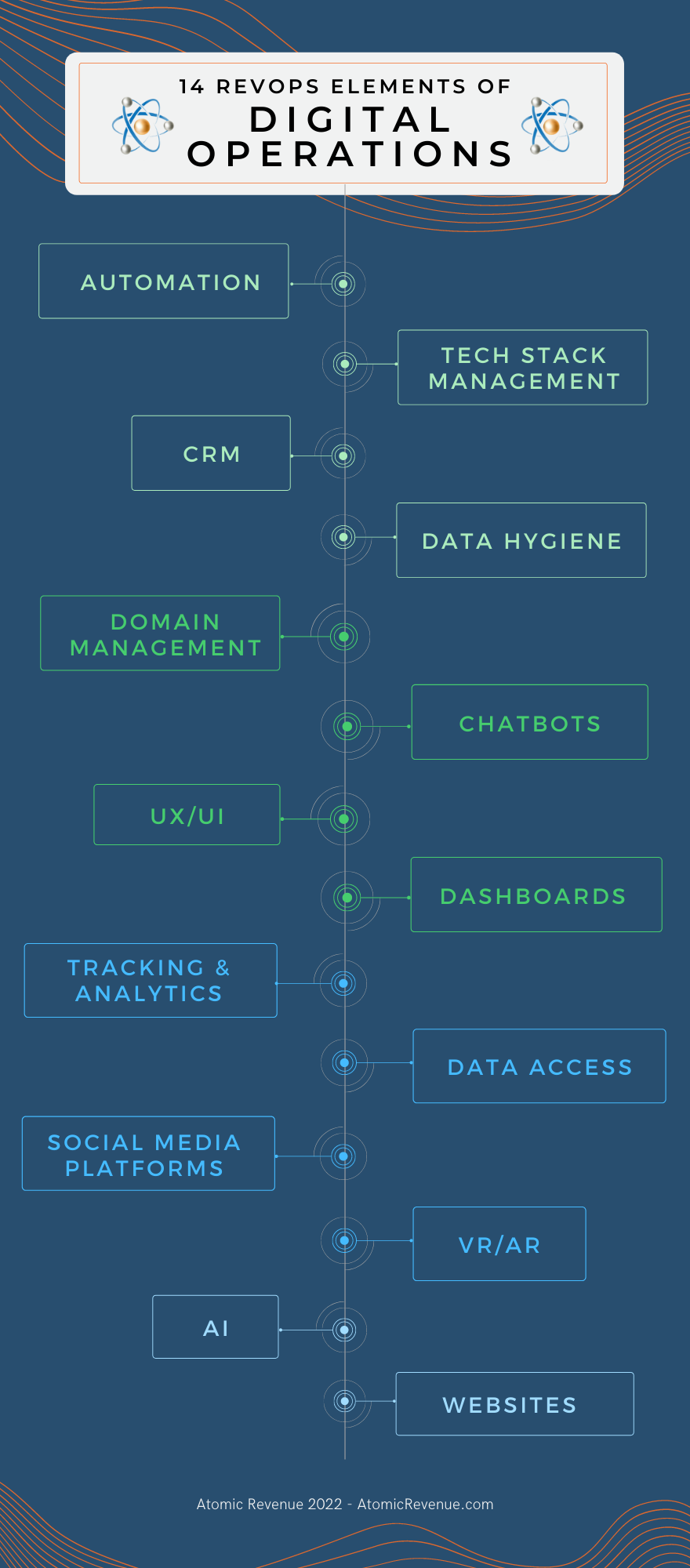
Now, let’s explore, in greater detail, the top seven digital trends taking a front seat in 2022.
- Online Privacy
- Digital Security
- SEO
- Alternate Search Engines
- AI & Machine Learning
- Interactive Content
- Micro Communities
1. Online Privacy
Online privacy is at the forefront of everything digital. Customers, employees, and vendors are fed up with feeling vulnerable and helpless to the constant digital intrusion of their privacy. They want to be respected.
You may recall how privacy started to improve globally in 2018 when GDPR was launched. That was a great jumping-off point, but there’s more work to do. In 2020, The National Institute of Standards and Technology (NIST) proposed an AI ethics standard, while the EU is currently creating the AI Act (AI is running behind much of the technology we use today).
Even more recently, Chrome increased privacy standards and has pledged to stop third-party cookie tracking in 2022 while still protecting its advertisers. Facebook has also increased privacy accessibility.
What does all of this mean for your business?
You must be able to keep people’s data private and give them choices. Prospects and customers need to know their information is protected, no matter how they interact with your company. From visiting your website or downloading an e-book to online ordering and tracking deliveries, privacy must be in place, or they will go elsewhere.
Here are eight things your company can do to improve online privacy:
- Create a privacy policy; keep it updated and functional.
- Communicate your privacy policy with transparency.
- Share your data collection intentions.
- Enact two-factor authentication.
- Implement end-to-end encryption.
- Use restricted password access.
- Use brand authentication verifiers.
- Have the latest anti-fraud and credit card security services.
Privacy goes hand in hand with digital security, and often crosses over – where there’s privacy, typically, there’s high security. Protecting your company, as well as your customers, with layers of security is essential to staying in business. Cybercrime is big business and it’s only getting bigger.
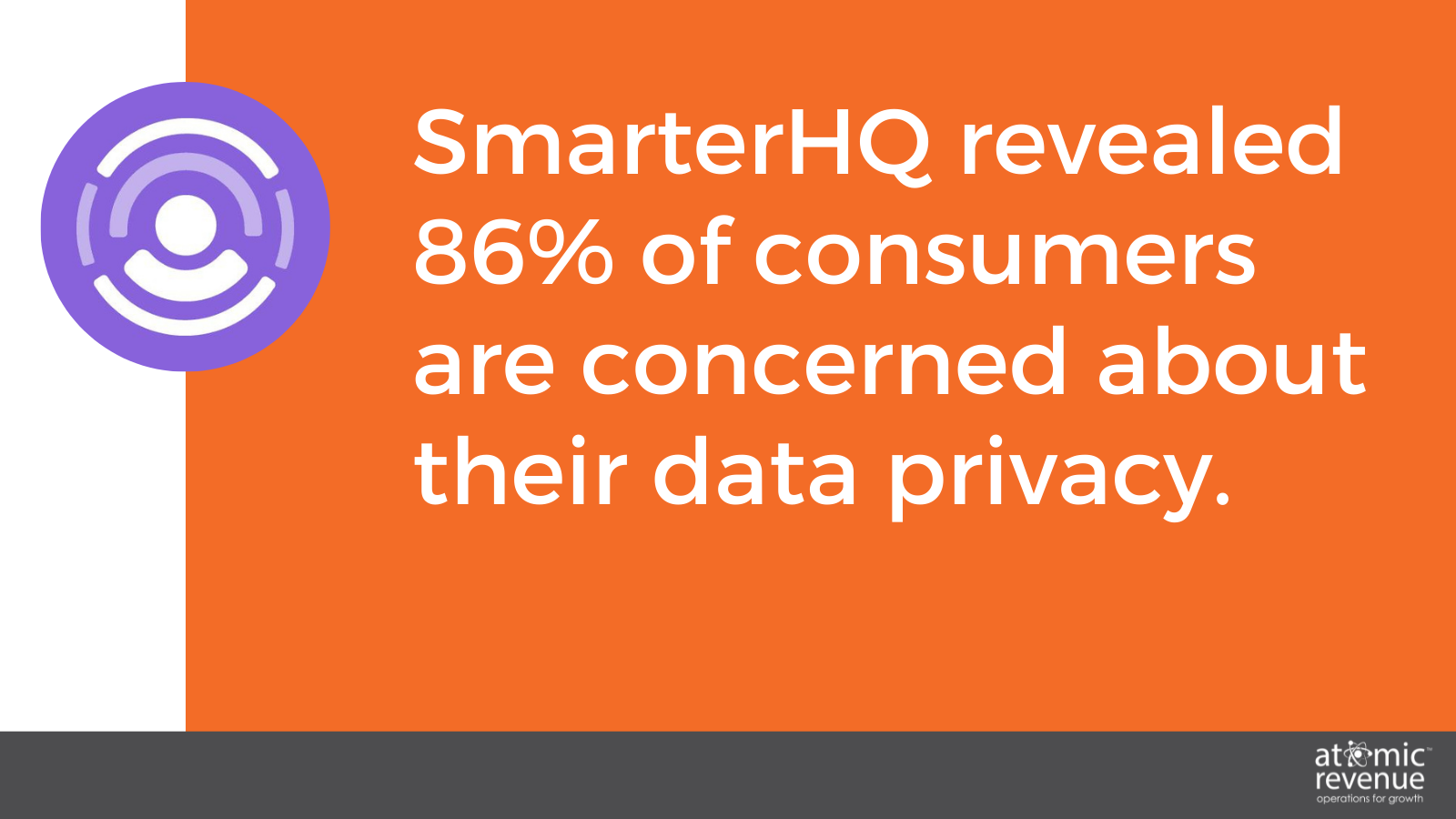
2. Digital Security
Digital security is not a new trend, but it is an ever-changing one, and coming back into focus with the larger number of hybrid workers. Just when you think you have the best cyber security possible, cybercriminals will prove you wrong.
When it comes to anything digital, your #1 goal is to keep your business, customers, and employees from becoming victims. Cybercrime can cost individuals thousands of dollars and years of complicated credit issues, as well as cause emotional trauma.
For companies, a cyber attack can cost hundreds of thousands of dollars or more (lawsuits, ransom payments, loss of business, etc.) – so much that 60% of small businesses go out of business within six months of an attack.
Despite what you see in the news, most attacks are aimed at small to mid-sized companies and individuals because they are the easiest to infiltrate with little to no chance of the criminals being caught or prosecuted. And most security breaches still come from simple attacks and human error, like email phishing or ransomware attacks on commonly visited websites or via .pdfs.
Types of digital security assaults on the radar for 2022
- Ransomware: still most common and costly and easiest way to extort money; often destroys all data and some hardware.
- Spear phishing: hackers targeting data from C-suites and those with access to money.
- Email phishing: widespread, especially with lingering WFH roles; staff will click a .pdf or link thinking it’s from a coworker or their boss.
- Network appliances: routers, firewalls, backup hard drives, hotspots are not updated as often and open to vulnerabilities.
- Holiday and weekend attacks: criminals have several days to download data without anyone knowing.
What you can do to improve digital security
Digital operations elements are never static – all automation, including websites, social media channels, email platforms, and software systems – update regularly to try to stay one step ahead of hackers. Moreover, people will make mistakes and unknowingly go to an infected website, open a fake .pdf, or get hacked on public Wi-Fi.
Therefore, it’s important to:
- Have the right people, processes, data, and technology in place to thwart cyber attacks and be prepared if it should happen.
- Depend on your IT people to know when an update is legitimate (and not a hack attempt) and implement those updates as soon as possible. Do not “get around to it later” or simply ignore the updates because they are inconvenient.
- The best defense is to communicate and educate. Digital security training sessions should be a regular task.
- Use next-generation anti-virus solutions and a spam filtering tool.
- Partner with an experienced cyber security firm with great referrals that is available 24/7/365.
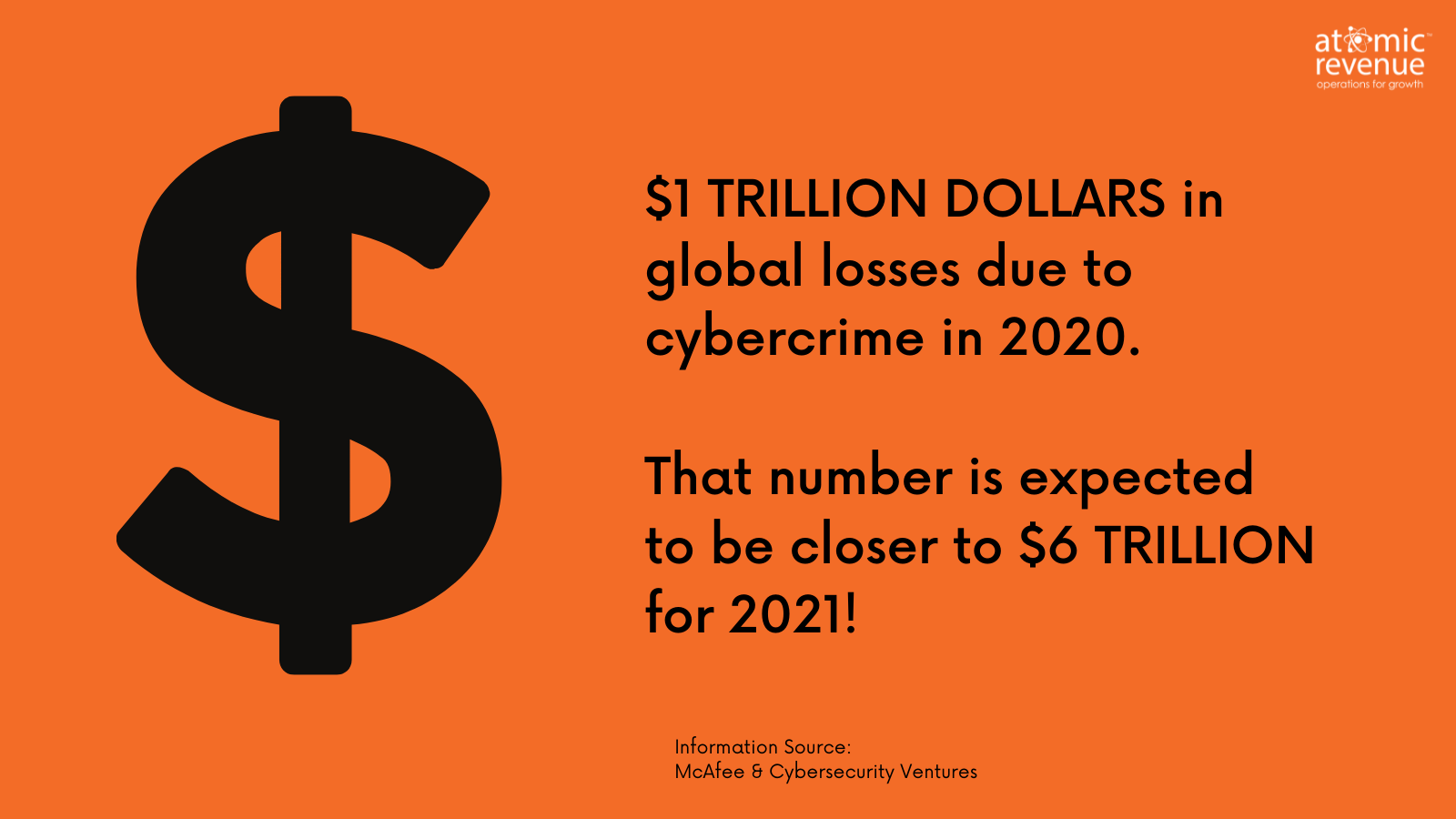
3. SEO
Search engine optimization (SEO) is ever more valuable to revenue. Without search engines being able to display your business to someone searching for what you offer, you cannot grow.
In 2022, your digital marketing must not only communicate with your target audience but also the newer, smarter algorithms. Trying to outsmart the system will not work anymore. You don’t have to force keywords and phrases into your message. In fact, doing that will do just the opposite – your ranking may fall.
To gain SEO and rank higher on a search engine’s directory, spend more time and effort on an outstanding, meaningful, and personal user experience (UX) with exceptional content and a user-friendly interface (UI).
When you focus on what your customers’ need, how you can solve their problems and connect with them, and optimize your digital operations overall, SEO will follow.
10 things you can do to improve SEO
- Refresh website content to be more customer-focused; page updates help you re-rank.
- Write useful, evergreen content that can be updated; if it’s great, your site will be linked to by other sites and frequently used by your target audience.
- Write in plain English as “semantic searches” use context to rank rather than just keywords.
- Be succinct – answer the questions your visitors want to be answered with ease.
- Focus on user-search intent – use words your customers are actually typing into the search bar, not what you assume they’re typing (do your own searches or use software to determine this).
- Make sure your website is mobile-friendly; regularly check for site malfunctions on desktop and mobile devices.
- Improve page speed. How long does it take for a visitor to be able to interact with your site (load speed, providing answers, click speed)? Keep an eye on this often – weekly if need be – as it is one of the biggest SEO factors now.
- Use links to other pages of your site within the content – get the user to move around within your site.
- Outbound links to other companies’ sites can also help with rankings but must be careful how and where on the page they are used.
- Watch pop-ups and banners that interfere with a user’s experience and slow down their ability to interact quickly.
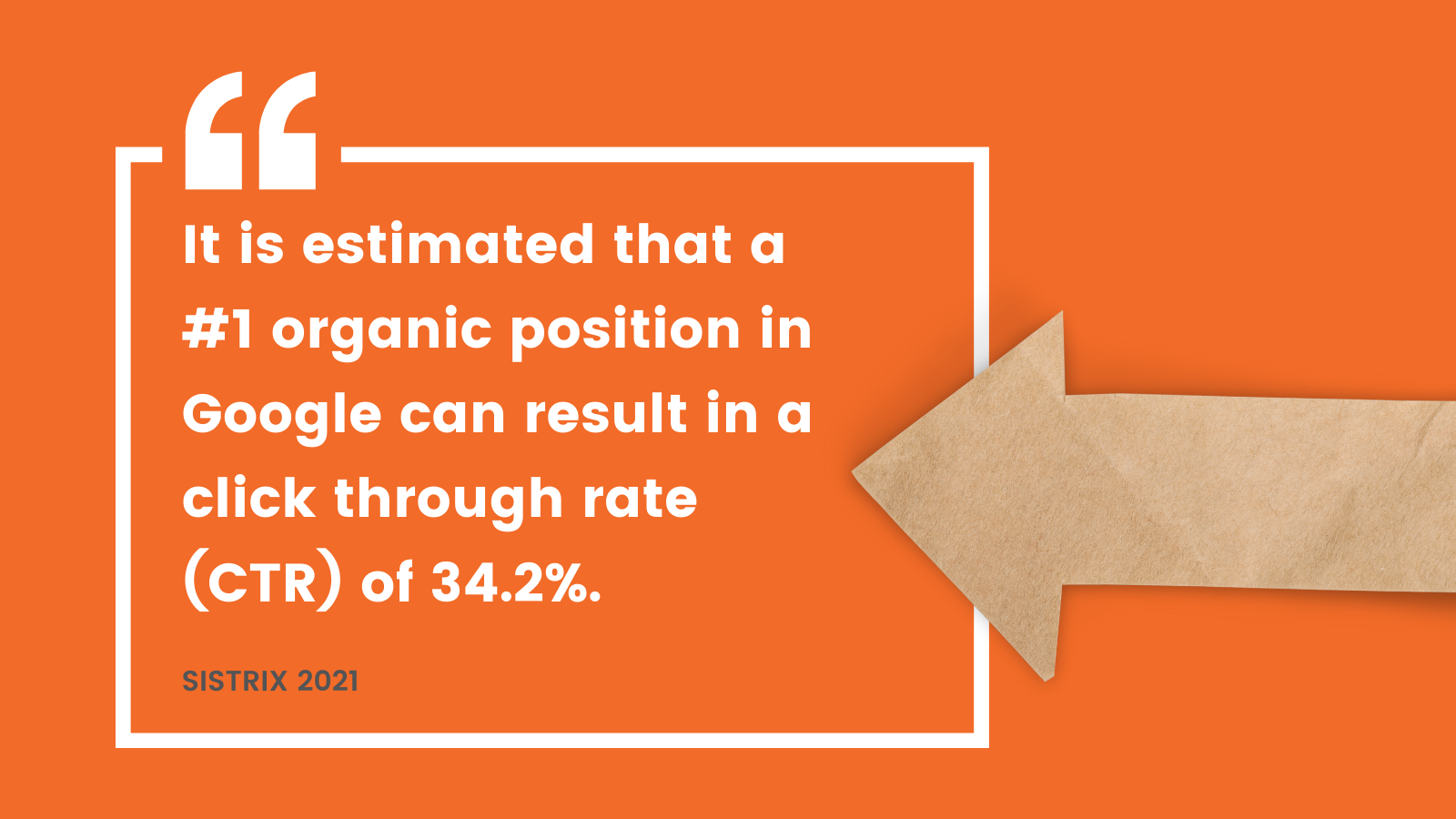
4. Alternate Search Engines
As more people put greater value on digital privacy, they are turning away from Google to alternate search engines. Google still has over 90% market share, however, there are plenty of search engines that offer an easier and less intrusive user experience with great results.
Though most alternate search engines don’t collect user data or keep search histories, there are still benefits for your company to rank on these search engines, including less competition, less bias, better privacy, faster search results, and a target audience who sees your company as being forward-thinking.
Search engine options
There are 20+ search engines aside from Google, but these six stand out as leaders.
- Bing (Microsoft Edge): handles roughly 25% of all US searches, has a very clean UX and offers rewards programs.
- Firefox: secure, highly flexible, easy to use.
- Tor: best for privacy and max anonymity (Safety Detectives).
- DuckDuckGo: fast, user-friendly mobile browser, doesn’t store personal information.
- StartPage: shows Google results without cookies. It does remember a user’s settings (by using a URL generator) without compromising privacy.
- Swisscows: a semantic search engine that protects privacy by using AI to determine context.
5. AI-Powered Optimization
Artificial intelligence (AI) and machine learning (ML) are inherent in much of the technology we use every day. Most often, we don’t realize an easy-to-use app or online payment system is actually using AI to help us have a better customer experience. AI and ML are becoming instrumental in content creation, chatbots, search engines, business processes, and in many areas of online B2B or B2C experiences, which improve customer satisfaction and retention.
According to a PwC survey of over 1000 US businesses, those currently using AI over non-AI see the following benefits:
- Creating better customer experiences: 85% vs. 67%
- Improved decision making: 75% vs. 54%
- Innovate products/services: 75% vs. 53%
- Achieve cost savings: 70% vs. 50%
- Operate more efficiently/increase productivity: 65% vs. 52%
Using AI to optimize search engine rankings might be the only way to get the results you want, especially if your business is one of many using the same keywords.
As the market becomes saturated and organic rankings become more difficult, there are software programs that provide customized information, such as recommended word count, readability feedback, and an overall optimization grade. This type of AI can help you produce hyper-focused content with the right keywords and phrases to give you the best possible chance to show up on page one.
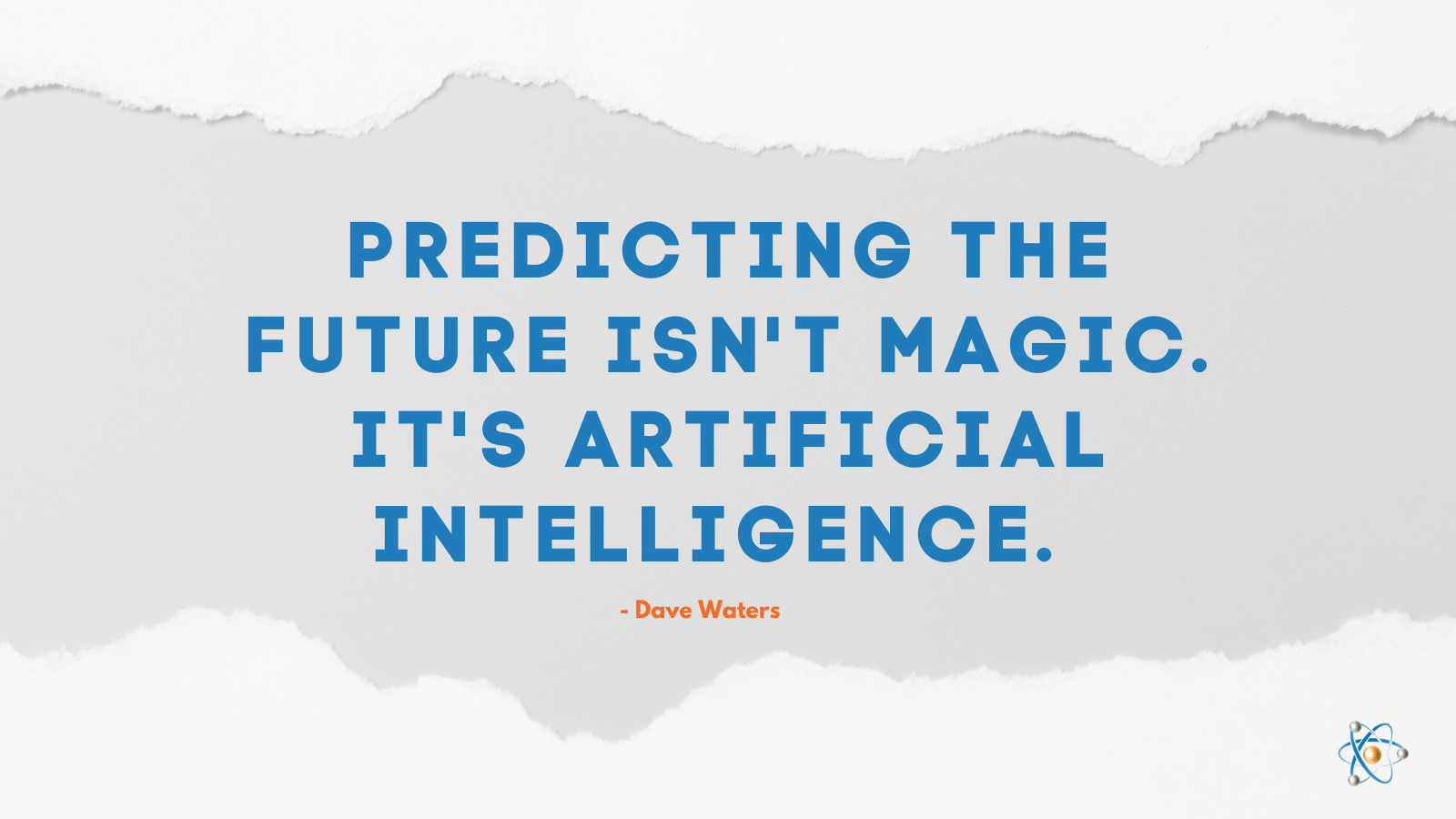
6. Interactive Content
Since digital communication has become the main source of reaching one another, we’ve lost the interaction we crave. Rather than just being “talked to,” customers feel an even greater connection to the brands they love when they can interact, digitally. It feels more personal as it deepens engagement, and participants feel as though they are gaining something of value.
The best part is that interactive content doesn’t have to be super high-tech or expensive to build your B2B brand and increase conversions. No matter how it’s done, in the process, you will gather customer data, which is why it’s an ideal practice to boost your go-to-market, lead generation, sales conversion, and customer advocacy strategies.
With the right skill and a little imagination, interactive digital marketing can play a role in revenue operations by engaging your prospects, leads, and current customers, making them the hero of their story, and guiding them through the seven-stage buyer journey. If your interactive content is useful, valuable, and/or fun, those who use it may even tell their peers and generate referrals.
So, what could you possibly do to encourage interaction if you’re a B2B manufacturing company, private equity firm, healthcare company, or engineering firm, for example? The options are endless!
Examples of B2B interactive content
- Calculators and estimators provide immediate answers for an easy brand experience.
- Surveys, polls, quizzes, games, contests inspire people to go to your site or log in regularly and have some fun.
- Lookbooks and 365-degree video walk-throughs provide a try-before-you-buy experience.
- Interactive images can offer a more tangible result (i.e., see if a part will work on a machine).
- Charts, graphs, and infographics with facts and data that can be changed to reflect whatever your customers are searching for.
- Interactive maps that zoom in and out, with clickable areas that show greater detail.
- Animated chatbots or mascots that interact as a person would, possibly offering tips or how-tos.
- Blogs, white papers, and e-books can be interactive too.
If you choose to entertain the idea of interactive content, be sure to have a good reason and work with someone who can do it right, so it doesn’t slow down your load times and interaction speed. Also, consider a pilot program to roll it out slowly. And, as always, look at the data along the way to adjust what needs adjusting.
7. Micro Communities
Large online communities have not panned out quite the way they were intended. However, micro-communities – online communities made up of less than 30 members – have become more popular as they offer greater personalization. These communities can be set up as online courses, virtual coffee chats, coaching sessions, industry networking events, round-table brainstorming, employee groups, and customer groups.
The goal is to keep the community small, so everyone feels they have a voice and is heard. Customers love to discuss common interests, ask questions, and provide feedback to others.
Benefits of a micro-community:
- Like-minded people coming together provides greater understanding.
- When members work together as a cohesive unit, success becomes more attainable.
- When a group needs to make important decisions together, the decisions feel more solid.
6 Ways to Build a Micro-Community
- Use social media groups/apps.
- Create highly-incentivized referral programs.
- Build customer advocates who become brand ambassadors.
- Repurpose/repost community-generated content.
- Maintain personalized email campaigns.
- Hold webinars and get-togethers in a non-sales-driven manner.

How to Manage Your Digital Operations to Align with RevOps
To manage your digital operations strategy so that it aligns with your RevOps goals, you must – no exceptions – have a robust customer relations management (CRM) software program. A CRM is on the digital radar every year, but it is more important than ever.
There is so much more data available from the last two years due to the online sales cycle, there is no other way to harness and track that data without a CRM. It is impossible to grow revenue without one. Don’t have a good one? Does nobody want to use it? Get a new one.
Liz Campbell, Atomic Revenue’s Chief Data Advisor, explains, “When chosen wisely with revenue growth in mind, your CRM will be a money-maker and an extension of your business, just like another person who would make it easier on everyone. Your customer support team will be able to provide the best experience possible, increase ROI, and launch revenue beyond your expectations.”
We Can Help Simplify Digital Trends for 2022 So Your B2B Company Can Grow Revenue
To take advantage of the digital trend opportunities for 2022 without feeling overwhelmed or out of your comfort zone, it makes sense to engage digital marketing and digital ops specialists, like the subject matter experts (SMEs) at Atomic Revenue.
Digital marketing and digital operations are necessary elements in your profitability solution. We can simplify the process and help you grow your B2B company's revenue with the right solutions that make the most sense for what you’re trying to achieve. Let us help! Contact our team today for a no-obligation conversation.
 About the Author
About the Author
Steph Hermanson, Chief Revenue Officer (CRO) and Atomic Revenue owner, develops and implements revenue operations strategies for companies nationwide, along with managing a coast-to-coast team of contractors and employees. As Atomic's EOS® Integrator, she is skilled in the art of getting all departments to work toward the same goals to sustain predictable and profitable revenue streams for Atomic Revenue and our clients.
Steph is also a nationally known, dynamic speaker who was named one of the 2021 Top 100 Marketing and Advertising Leaders in the World by MarSum, one of the 2021 Top 30 Marketing Influencers by Engati CX, and given a Top 40 Under 40 Award by the St. Louis Business Journal in 2021.





